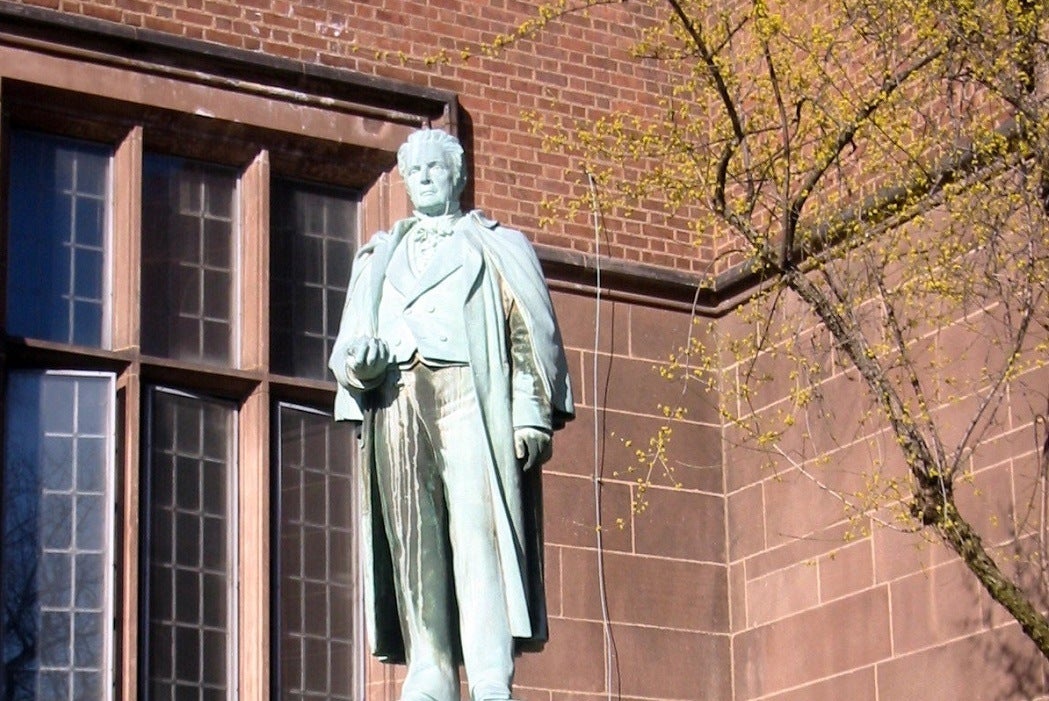Communication of scientific discovers is now virtually instantaneous, baring the months it will take for all the data to get back from Pluto. But what was it like before electricity? Simon Baatz details the history of scientific periodicals in the early American Republic during the first third of the 19th century. It’s a lot more exciting than you might think.
In the early 1800s, the United States were only barely united. Science was no different. The pursuit of science was a parochial affair of individuals, institutions, and, most especially, patrons, in the nation’s three major cities, Boston, New York, and Philadelphia, all rivals for financial, cultural, and intellectual dominance.
But it was an upstart publication from the hamlet of New Haven, The American Journal of Science and the Arts, that became the first national scientific publication in the U.S. It was the brainchild of Yale professor Benjamin Silliman, who founded the journal in 1818 and edited it until1864.
The start-up was not without difficulties: of the 1,200 initial subscribers, less than a third actually paid up, leaving printers wanting their money. A competitor, George William Featherstonhaugh (pronounced “Fan-shaw”) was sure he could do better in the early 1830s. The British Featherstonhaugh “secretly regarded American scholars as parvenus.”
That was one of the reasons he failed and Silliman’s Journal, as it was informally known, was instrumental in the “construction of a national [scientific] community, a process that culminated in the establishment of the American Association for the Advancement of Science in 1848.” Three years shy of its bicentennial, the American Journal of Science, as it is now known, is still being published.
Benjamin Silliman deserves a book of his own, and there have been several. He was trained as a lawyer, took up “chymistry,” mineralogy, and geology on the advice of Yale’s President (and took crash courses at the Universities of Pennsylvania and Edinburgh), and gave the first ever science lectures at Yale in 1804. The mineral Sillimanite is named after him. He was also the first American soda jerk, producing soda water in bulk in New Haven from 1806.
“Benjamin Silliman statue”. Licensed under Public Domain via Wikimedia Commons







